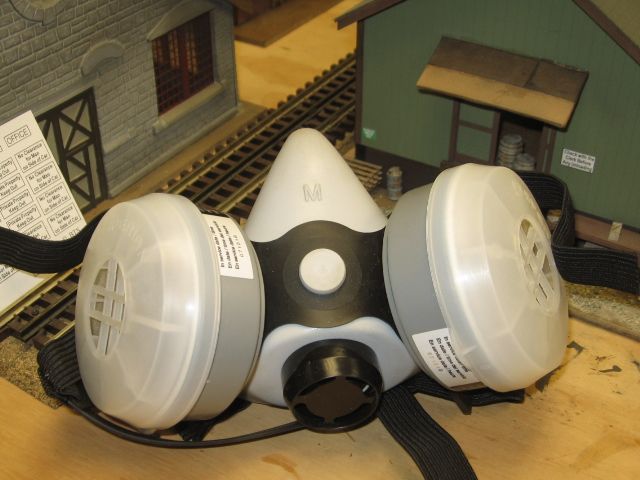I was just commenting the other day how I seem to learn all my lessons the hard way. Today was true to form.
I put a really nice even, smooth coat of rattle can satin black on my F3 'B' frame this morning. It dried fairly quick so I eagerly put a satin clear coat on this evening …. despite the instructions on the back of the satin black can that read clearly, and I'm paraphrasing, "If you're gonna put a clear coat over this black coat, do so within 1 hr of when you applied the black coat …. or wait 48 hrs and then do it."
I'm pretty sure I was somewhere around the 8 hr mark when I sprayed the clear coat. This is the result. Just to be clear, I have used these two very same cans together in the very recent past with no problems - I must have waited.....
Any thoughts on the best way to clean this mess up? I do not have access to any kind of bead blaster, so I'm thinking a wire wheel followed by progressively finer sandpaper, finishing with probably 600 grit.
That was wasted work ![]() Sometimes the directions are there for a reason.....
Sometimes the directions are there for a reason.....



